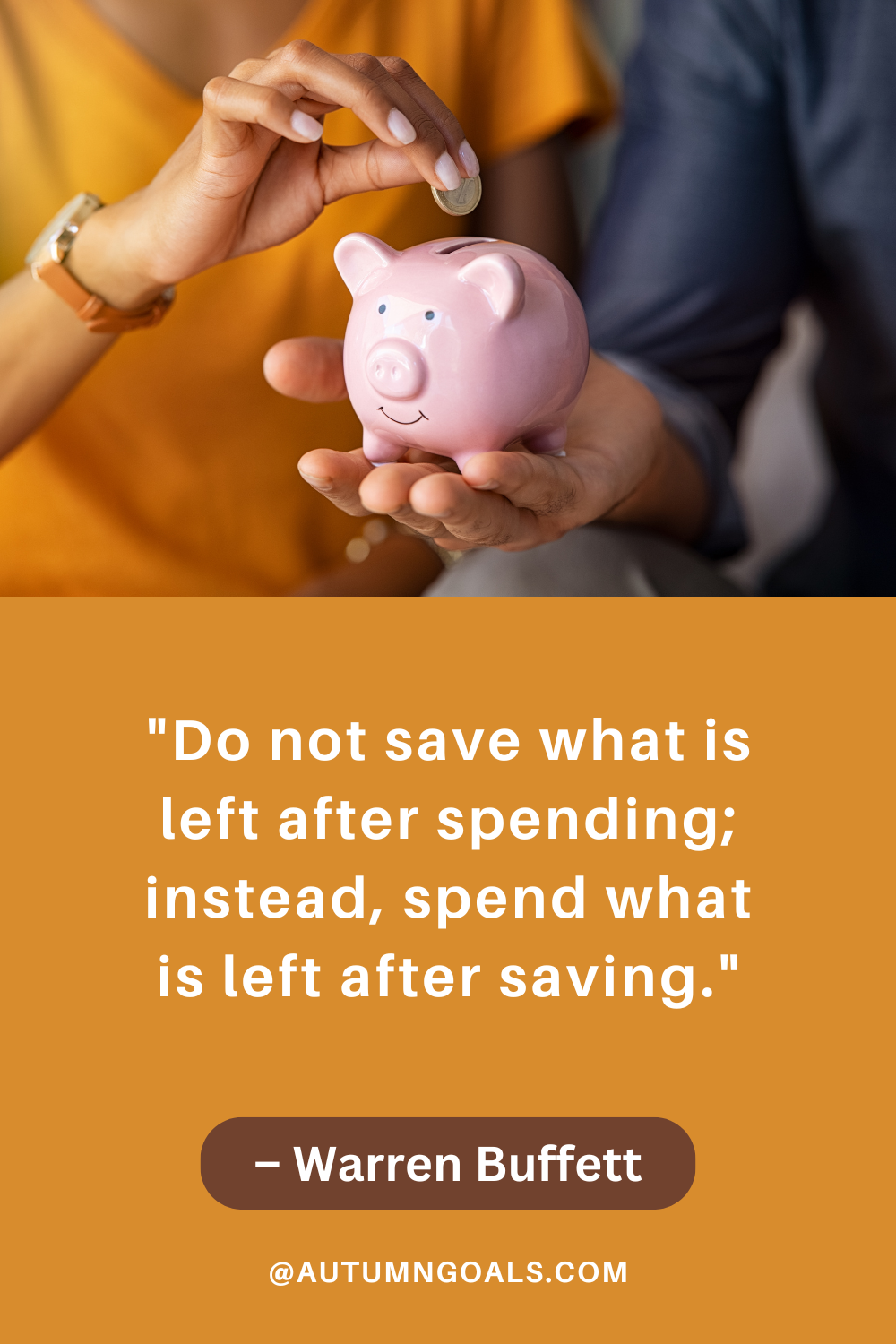
Photo by Natasha Hall on Unsplash
Managing Your Money for Long-Term Success
Understanding how to manage money effectively is more important than ever in our rapidly changing world. Financial literacy—the ability to understand and effectively use financial skills, including personal financial management, budgeting, and investing—is a key aspect of achieving long-term financial success. Without a strong grasp of these principles, it’s easy to fall into debt, overspend, and miss out on opportunities for wealth growth.
This guide aims to provide you with a solid foundation for developing financial literacy, offering insights into critical aspects such as budgeting, saving, investing, managing debt, and building credit. Financial literacy isn’t just for the wealthy or business professionals—it’s essential for everyone.
“Financial freedom is available to those who learn about it and work for it.” — Robert Kiyosaki
Let’s dive into each of these areas to help you take charge of your finances and secure a more prosperous future.

The Importance of Budgeting: Your Financial Roadmap
Budgeting is the cornerstone of financial literacy. It’s essentially a plan for how you’ll spend and save your money. A well-organized budget helps you keep track of your income, control your expenses, and ensure you’re saving for both short-term goals and long-term financial security.
Why You Need a Budget
Having a budget allows you to visualize where your money is going. Many people struggle financially simply because they don’t track their spending, and money leaks out on unnecessary purchases. With a budget in place, you can categorize your expenses—necessities like rent or mortgage, utilities, groceries, and discretionary spending like entertainment or dining out. This helps you make informed decisions about where you can cut costs and where you need to allocate more funds.
How to Create an Effective Budget
Start by listing your income sources, including wages, freelance work, or other side income streams. Then, categorize your expenses as fixed (rent, utilities) and variable (entertainment, groceries). Make sure to prioritize savings, allocating at least 10-20% of your monthly income to savings and investments. Various budgeting tools and apps, such as Mint or YNAB (You Need A Budget), can assist you in tracking and adjusting your budget as needed.
“A budget is telling your money where to go instead of wondering where it went.” — Dave Ramsey

Building a Healthy Savings Habit: Preparing for the Unexpected
Financial literacy doesn’t just mean managing your money for today; it also means preparing for tomorrow. Having a solid savings plan is essential for financial health. Whether it’s an emergency fund or a retirement account, savings provide a cushion in case of financial hardship or unexpected events.
The Role of Emergency Funds
An emergency fund acts as a safety net when life throws unexpected expenses your way—like medical emergencies, car repairs, or job loss. Financial experts recommend saving at least three to six months’ worth of living expenses. This may seem daunting, but by contributing small amounts regularly, you can slowly build up this fund over time. Automating your savings, where a percentage of your paycheck is directly deposited into a separate savings account, is an effective way to grow your emergency fund without thinking about it.
Focus on building your emergency fund first, and then once that goal has been achieved – proceed with other long-term and short-term savings.
Long-Term Savings: Retirement and Investment Accounts
While it’s easy to get caught up in day-to-day expenses, it’s crucial to think about the long-term as well. Retirement accounts like a 401(k) or IRA (Individual Retirement Account) or the local retirement plans in your country, offer tax advantages and help you prepare for the future. Contributing regularly to these accounts—even in small amounts—can lead to significant growth over time, especially with employer matching programs or compounding interest.
“Do not save what is left after spending; instead, spend what is left after saving.” — Warren Buffett

Understanding Debt: The Good, the Bad, and the Ugly
Debt is often viewed negatively, but not all debt is created equal. Financial literacy helps you understand the difference between good and bad debt and how to manage it effectively to avoid financial pitfalls. If you can avoid ALL debt – that would be the best situation. However, this is not always practical.
Good Debt vs. Bad Debt
Good debt is an investment in your future—things like student loans, mortgages, or business loans that can potentially increase your earning potential or net worth over time. For example, taking on a mortgage to buy a home can be considered good debt because property tends to appreciate in value. However, there are growing numbers of people who don’t agree with mortgages and propose that you would be better off renting. My suggestion is to educate yourself on this subject and then make your own decision…
Bad debt, on the other hand, includes high-interest credit card debt or payday loans, which can trap you in a cycle of repayment without offering any real financial benefits. Avoiding bad debt and learning how to manage credit responsibly is essential to your long-term financial success.
How to Pay Off Debt Efficiently
The key to managing debt is understanding how to prioritize your payments. A popular strategy is the debt snowball method, where you focus on paying off your smallest debts first while making minimum payments on larger ones. This approach builds momentum as you knock out smaller balances, eventually freeing up more funds to tackle larger debts.
Another option is the debt avalanche method, where you focus on paying off the highest interest debts first to minimize interest costs over time. My personal preference is the avalanche method as additional interest that can be avoided is very painful.
“The rich rule over the poor, and the borrower is slave to the lender.” — Proverbs 22:7

Credit Scores and Reports: Why They Matter
Your credit score is one of the most important numbers in your financial life. It determines your ability to borrow money, the interest rates you’ll pay, and even your eligibility for renting an apartment or getting certain jobs. Understanding how your credit score is calculated and how to maintain or improve it is a critical aspect of financial literacy.
What Is a Credit Score?
A credit score is a three-digit number that reflects your creditworthiness. It’s based on factors such as payment history, credit utilization (the amount of credit you’re using compared to your total credit limit), the length of your credit history, and the types of credit accounts you have.
How to Improve Your Credit Score
To build a good credit score, start by making sure you always pay your bills on time. Late payments can have a significant negative impact on your score. Also, try to keep your credit utilization below 30%—this means if you have a credit limit of $10,000, try to keep your balance under $3,000. Regularly check your credit report for any errors and dispute them if necessary. Free credit reports are available from each of the three major credit bureaus—Experian, Equifax, and TransUnion—once a year for those in the United States. You can check your local reports everywhere else.
Investing: Building Wealth Over Time
Investing is one of the most powerful ways to build long-term wealth, but many people are intimidated by the process. Financial literacy includes understanding how to invest in a way that matches your financial goals and risk tolerance.
The Basics of Investing
Investing simply means putting your money to work in different assets (such as stocks, bonds, or real estate) with the goal of growing it over time. The stock market is one of the most accessible ways to invest, and there are various strategies you can adopt depending on your risk tolerance. For instance, index funds and ETFs (exchange-traded funds) are popular choices for beginner investors because they provide diversification at a relatively low cost.
Risk and Reward: Know What You’re Getting Into
It’s important to understand that all investments carry some level of risk. The key is to diversify your portfolio to spread out the risk across different asset types. Don’t put all your eggs in one basket—invest in a mix of stocks, bonds, and other securities to reduce the likelihood of a major loss. Additionally, avoid making emotionally driven decisions, such as panic-selling when the market dips. Historically, long-term investors who stay the course tend to see their portfolios grow over time.
“The individual investor should act consistently as an investor and not as a speculator.” — Ben Graham

Financial Literacy as a Tool for Personal Growth
Developing financial literacy is an ongoing process, but it is one of the most rewarding journeys you can take in your personal development. With a clear understanding of budgeting, saving, managing debt, and investing, you are better equipped to make informed financial decisions that will benefit you both in the short and long term. Financial freedom is within reach, and it starts with learning the basics and applying them consistently.
“Formal education will make you a living; self-education will make you a fortune.” — Jim Rohn
Remember, financial literacy is not just about accumulating wealth. It’s about having the peace of mind and security that comes with knowing how to manage your money wisely. Start today, and set yourself on the path to long-term financial success.

RELATED POSTS
View all



